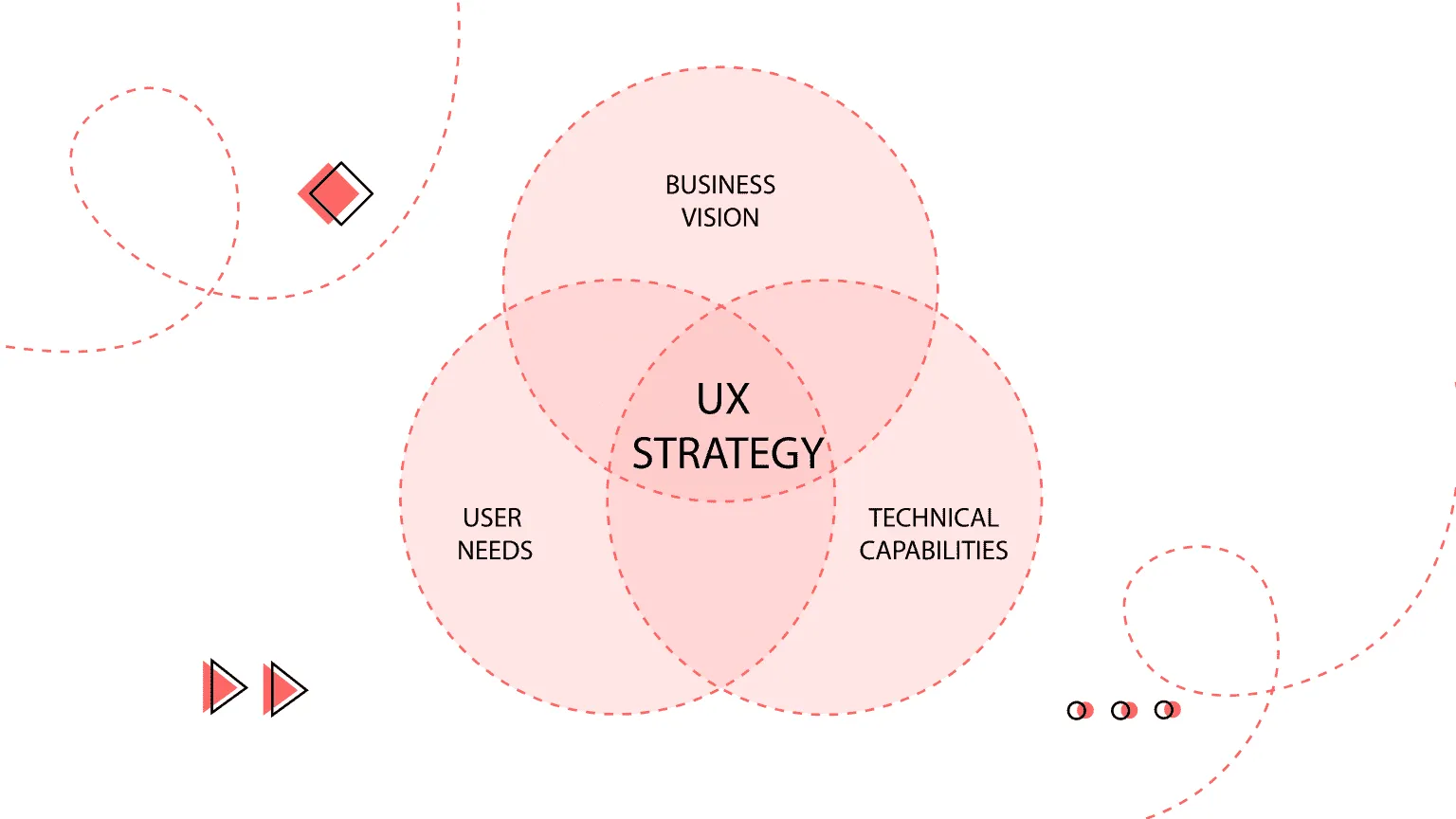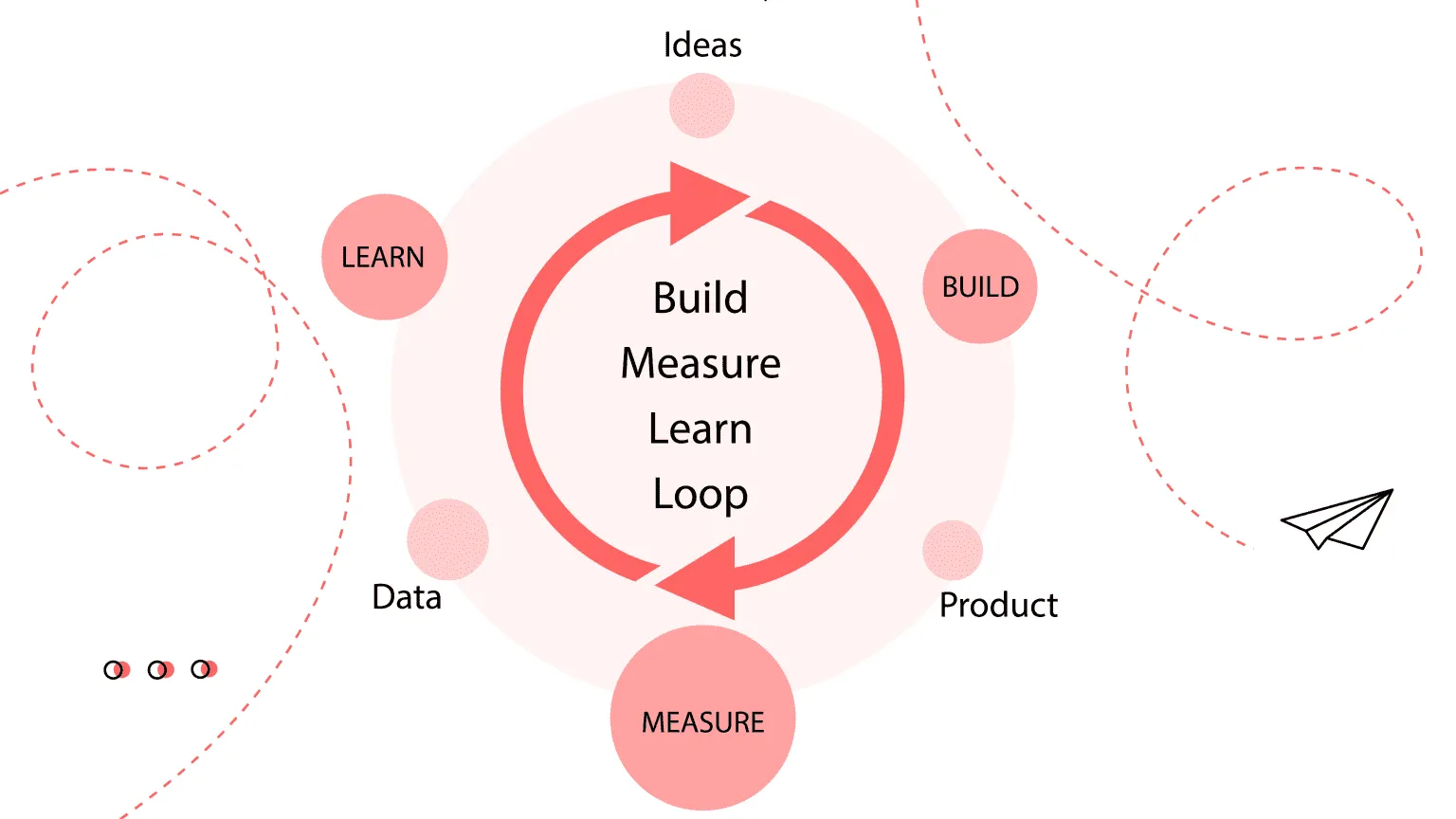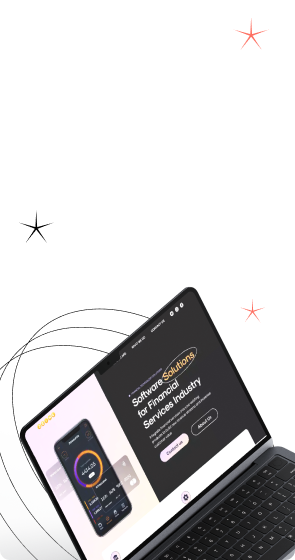When we think of a designer’s job, we imagine working in front of a monitor. But few people know how much detail this profession involves.
Before your product is ready, be sure to go through more than one step, one of which is the strategy. To get the most accurate result of the user experience, it’s necessary to find the common ground between the user and the brand. This is what the UX designer does. When creating a product, they look at the user as the central object. And based on this research, a strategy is built.
In this article, we’ll discuss all the intricacies of the UX design strategy, who needs it, and its main stages.







